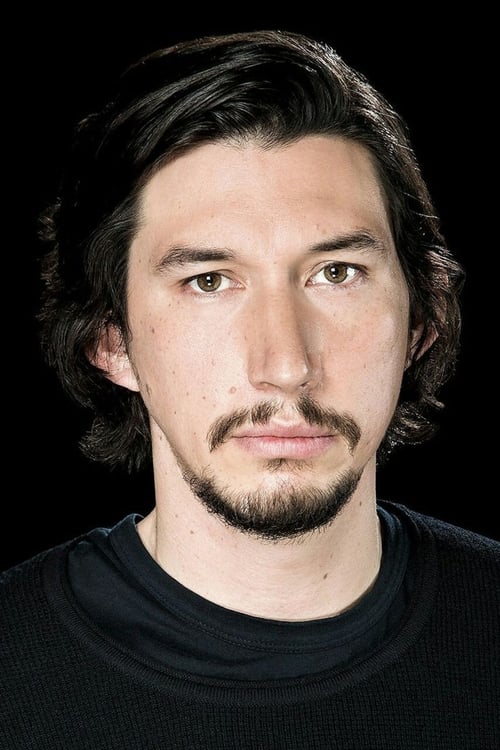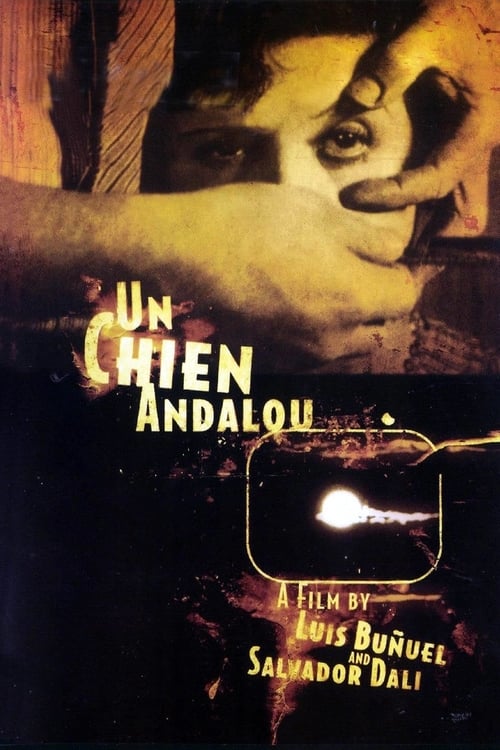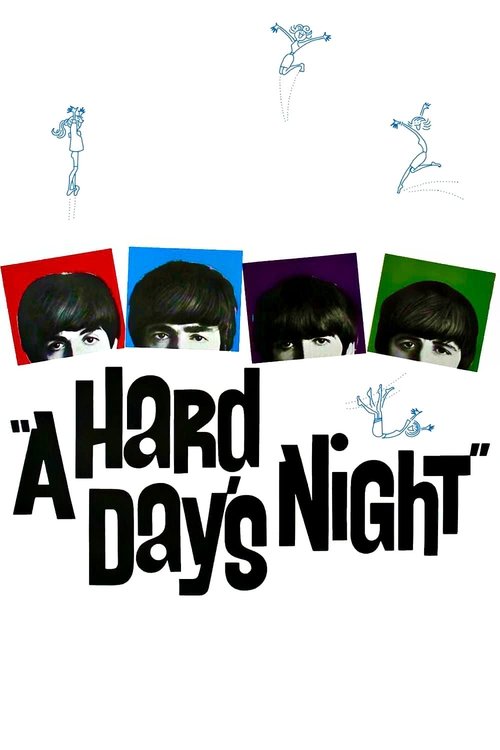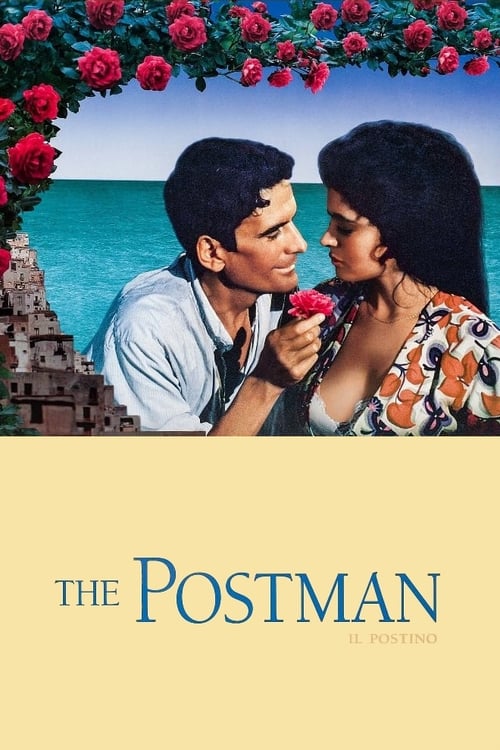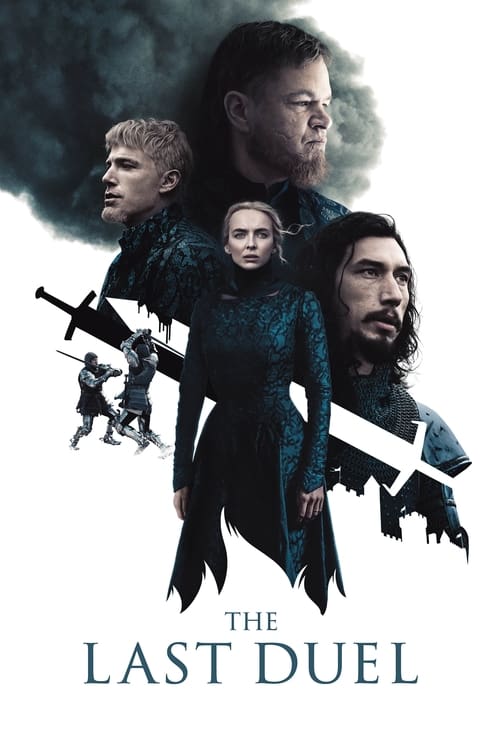
The Last Duel
King Charles VI declares that Knight Jean de Carrouges settle his dispute with his squire, Jacques Le Gris, by challenging him to a duel.
Dialogues from Movie The Last Duel
Quotes from Movie The Last Duel
Sound Tracks from The Last Duel by Harry Gregson-Williams
Noble Attire
Noble Attire by Harry Gregson-Williams, Opening credits
The Duel
The Duel by Harry Gregson-Williams, The climactic duel scene
A Night Visit
A Night Visit by Harry Gregson-Williams, Key emotional moment between characters
Download App
Memorable Scenes from Movie The Last Duel
The Duel Begins
As the two knights, Jean de Carrouges and Jacques Le Gris, prepare for their duel, the tension in the air is almost suffocating. The crowd gathers, filled with anticipation and fear. The stakes are high: the honor of Carrouges' wife, Marguerite, hangs in the balance. The moment is defined by the solemnity of the knights' oaths and the visual weight of their armor as they face off on the battlefield. The clang of swords breaking the silence marks the turning point as they engage in their fierce duel, fighting not only for victory but for justice. After the brutal combat, Carrouges emerges as the victor, but the emotional toll is palpable; he’s won, but the cost is heavy. This act reshapes the perception of honor and justice in the eyes of all who witnessed it.
Context: This scene is critical as it culminates the entire narrative built around themes of honor, truth, and the consequences of personal and moral failings. This duel symbolizes the ultimate confrontation between the two main characters.
Marguerite's Revelation
In a quiet, dimly lit moment, Marguerite reveals her truth to Jean. She speaks of the night of the assault, describing in vivid detail how she felt powerless and betrayed. This scene is powerful because it shakes the foundations of Jean's understanding of honor and loyalty. Marguerite’s voice trembles with fear and strength, and her vulnerability is countered by the fiery determination in her eyes. This moment changes the dynamics of their relationship forever as Jean grapples with disbelief and fierce loyalty to his wife. Marguerite's courage in sharing her story paves the way for the conflict that follows.
Context: Marguerite's revelation is crucial as it sets off the entire conflict of the story, forcing Jean to confront societal norms regarding women and honor. It paints a vivid picture of her struggle for agency and truth.
The King’s Court
In the courtroom, tensions spike as the nobility gathers to witness the proceedings. The atmosphere is thick with judgment and expectation. Jean passionately defends Marguerite, but the court is swayed by the perspectives of the powerful. The pivotal moment is when Marguerite herself takes the stand, defying the societal norms of her time. Her testimony falters under scrutiny, yet she stands resolute. The reactions from the court members highlight the prejudices against women, and the intense back-and-forth underscores the desperation of Marguerite's fight for justice. The aftermath leaves Jean despairing at the realization that the truth is often overshadowed by power and influence.
Context: This scene captures the heart of the societal issues at play within the story and reflects the broader themes of misogyny and the fight for justice in a male-dominated world.
The Arrival of the Duel
As the duel is announced, both knights prepare mentally and physically for their fateful encounter. The visuals of slowly darkening skies and the increasing murmur of the crowd build an atmosphere of impending doom. Both warriors, clad in their armor, signify their readiness to confront not just each other but the deeper questions about honor and truth. The scene culminates in a moment of silence before the clash, where they exchange an intense gaze filled with hate, doubt, and a grim acknowledgment of the necessity of the duel. This marks a significant turning point, where personal stakes become public spectacle.
Context: The anticipation sets the stage for the climactic duel that is not just a fight but also reflects the personal and societal turmoil faced by the characters.
Friendship Broken
Earlier conversations between Jean and Jacques depict them as close comrades, but tension rises as Jacques is accused. The moment jealousy and betrayal collide, their friendship shatters. The tone shifts profoundly as they confront each other, revealing the deep-seated rivalry nurtured by societal expectations. Jacques makes a heartbreaking appeal to Jean, clinging to their past camaraderie, but Jean’s eyes brim with pain as he chooses his wife’s truth. The powerful visuals, with their changing proximity, mirror their emotional distance, rendering this scene unforgettable.
Context: The fracture in their friendship serves as a commentary on how loyalty to one’s truth can irrevocably alter relationships. It emphasizes the human cost of the feud between them.
Download App



